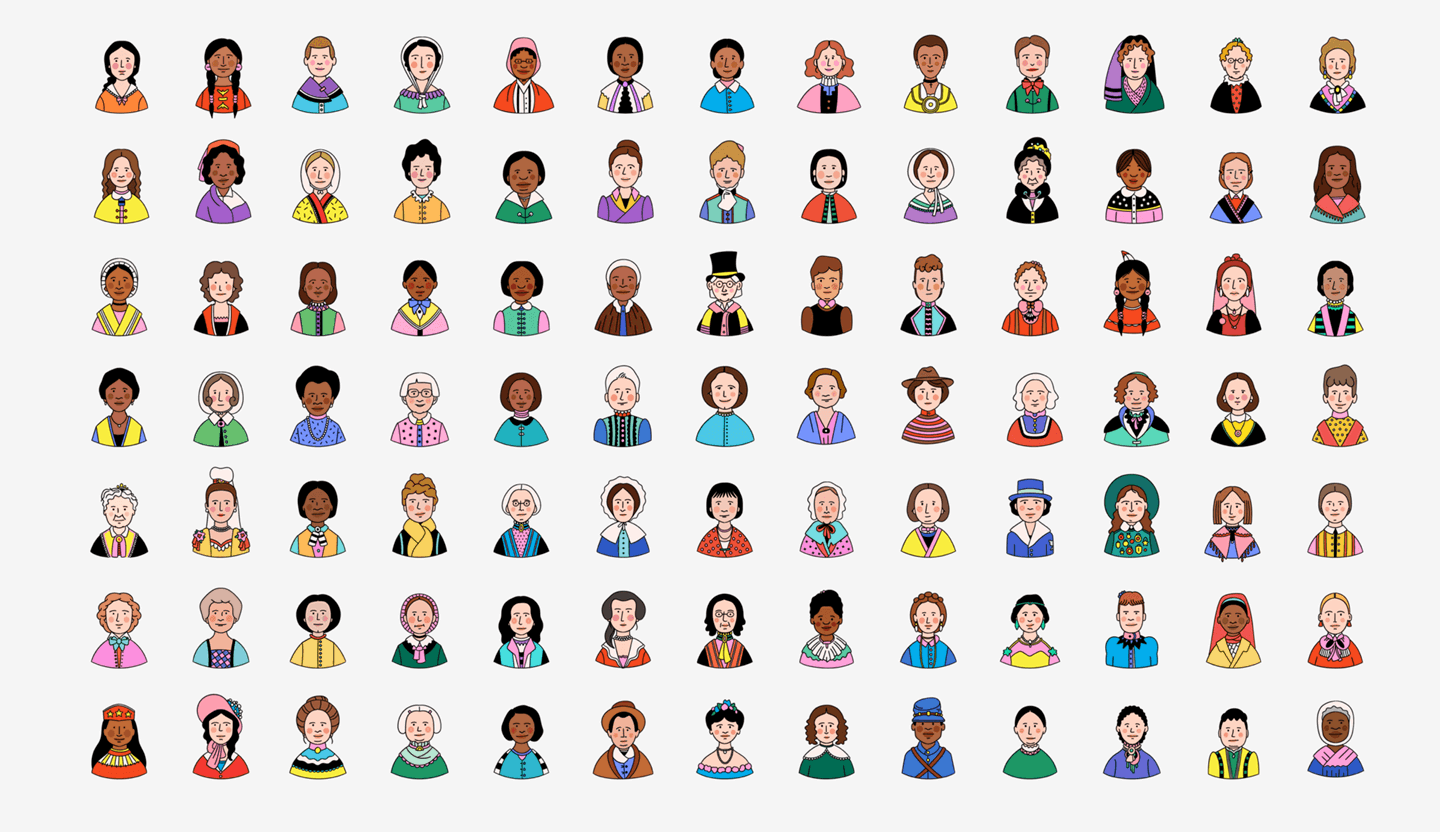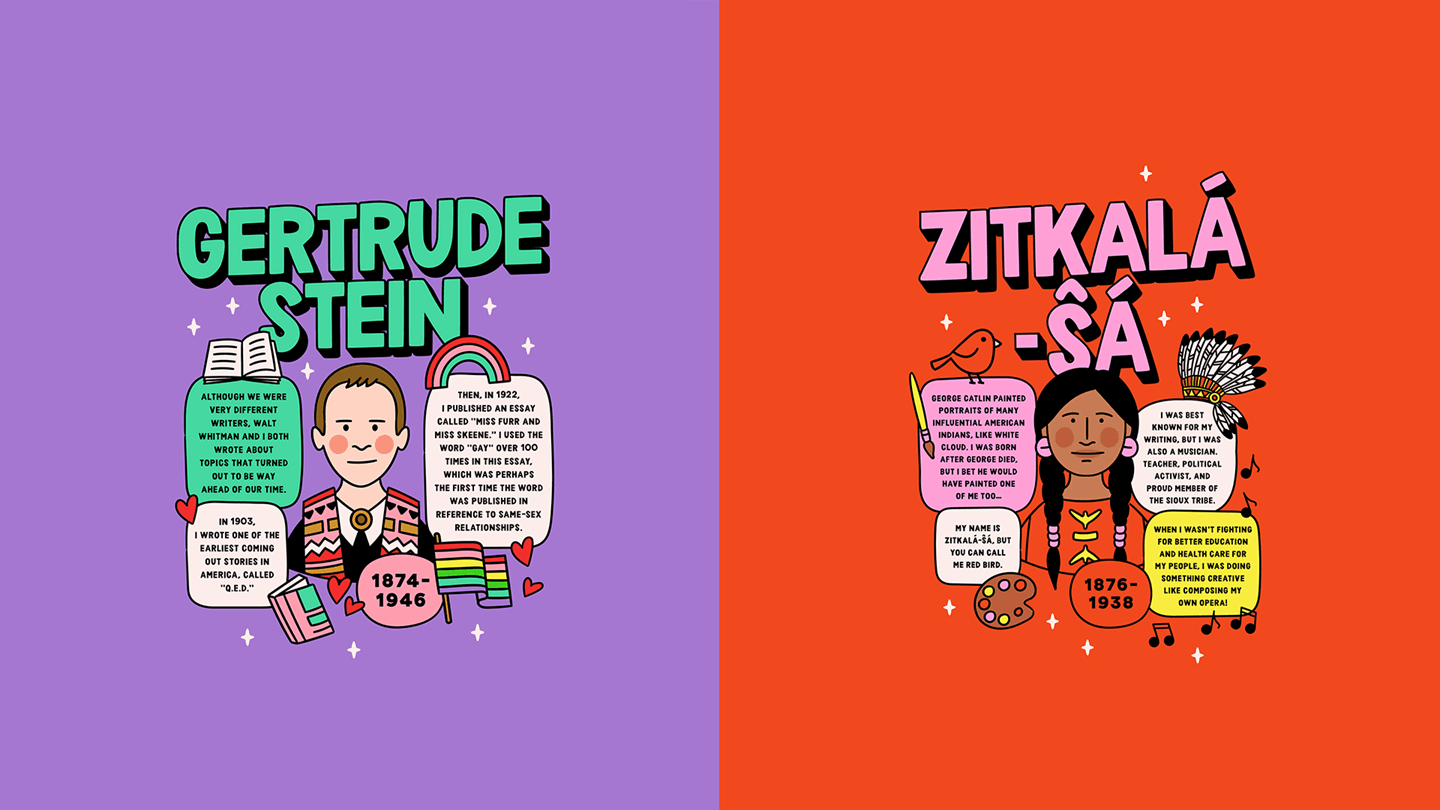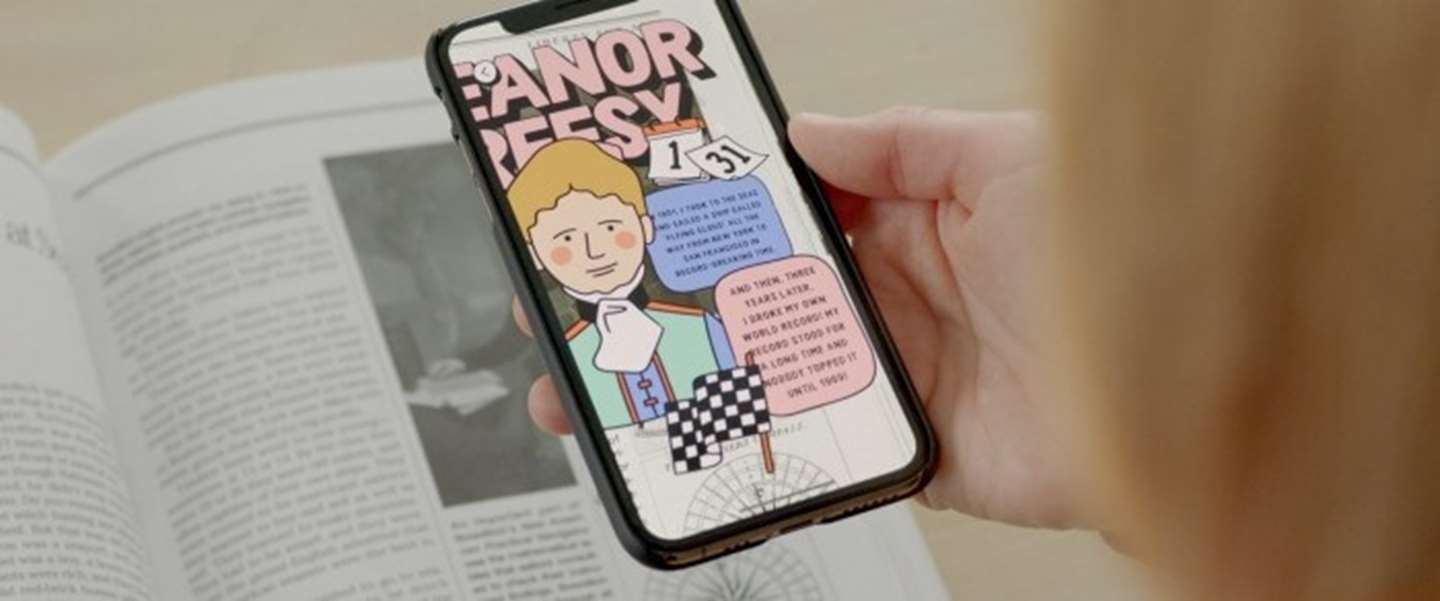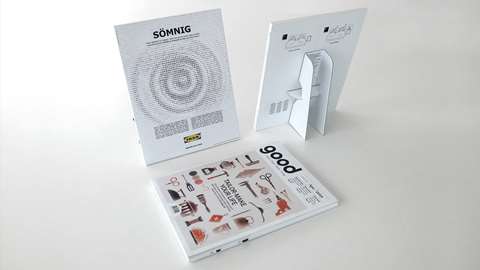The US-based Goodby Silverstein & Partners won the Grand Prix at The Drum Marketing Awards US 2020 with its ‘Lessons in Herstory’ campaign for Daughters of the Evolution. Here, the team behind the entry describe the challenges faced and strategies used to deliver this successful project.
The challenge
Daughters of the Evolution is a new, California-based nonprofit organization, founded by a board of young women. To accompany their launch, Daughters of the Evolution sought a campaign to champion the voices and ambitions of the next generation of women leaders so that they can build the world they want to thrive in. Feeling the unrelenting persistence of gender inequality in society, they came to Goodby Silverstein & Partners with the hope of finding a solution that could get to the root of gender inequality before it manifests in career glass ceilings, pay gaps and all the other consequences of gender inequality.
The strategy
Knowing we had to get to the root of the problem, we looked to when our identity formation is most vulnerable. Psychoanalysts (particularly Erik Erikson with his theory of developmental stages) point to it being during adolescence. It’s when we first ask ourselves “What will I be when I grow up?” and start to look for heroes and mentors to model ourselves after.
We then unearthed the troubling data that fewer than 11 percent of history-textbook references are about women. The consequences of that gender-representation imbalance are severe. Myra and David Sadker, the authors of Failing at Fairness: How America’s Schools Cheat Girls, put it well: “When girls do not see themselves in the pages of textbooks, our daughters learn that to be female is to be an absent partner in the development of our nation.”
It thus became our objective to illuminate the stories of women in history so that adolescents can see the full picture of who has contributed to society and what might then be possible for them. But one major constraint was convincing textbook companies to rewrite, reprint and redistribute textbooks across America. We needed a creative solution that could bring our objective to life without physically changing textbooks.
The strategy is simple yet powerful in drawing our audience’s attention to the stark representational imbalance between men and women. Illuminating previously unseen women using AR technology is an effective, simple hijack to whatever medium we choose—from textbooks to statues and beyond.






